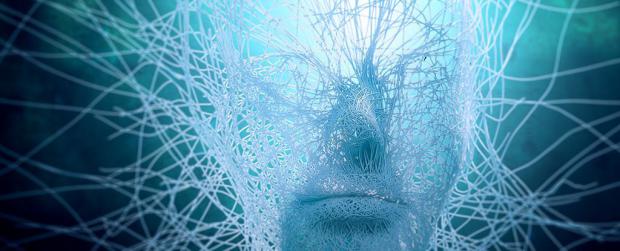
Breaking News
 $26M Frozen on Blockchain - With One Click
$26M Frozen on Blockchain - With One Click
 Italy are on national strike shutdown rejecting digital enslavement...
Italy are on national strike shutdown rejecting digital enslavement...
 The following U.S. states are currently using the rebranded "Reporty Homeland Security" so
The following U.S. states are currently using the rebranded "Reporty Homeland Security" so
 NATO Chief Urges Europe To Prepare For Long-Term World War With Russia, China, Iran & North Korea
NATO Chief Urges Europe To Prepare For Long-Term World War With Russia, China, Iran & North Korea
Top Tech News
 HUGE 32kWh LiFePO4 DIY Battery w/ 628Ah Cells! 90 Minute Build
HUGE 32kWh LiFePO4 DIY Battery w/ 628Ah Cells! 90 Minute Build
 What Has Bitcoin Become 17 Years After Satoshi Nakamoto Published The Whitepaper?
What Has Bitcoin Become 17 Years After Satoshi Nakamoto Published The Whitepaper?
 Japan just injected artificial blood into a human. No blood type needed. No refrigeration.
Japan just injected artificial blood into a human. No blood type needed. No refrigeration.
 The 6 Best LLM Tools To Run Models Locally
The 6 Best LLM Tools To Run Models Locally
 Testing My First Sodium-Ion Solar Battery
Testing My First Sodium-Ion Solar Battery
 A man once paralyzed from the waist down now stands on his own, not with machines or wires,...
A man once paralyzed from the waist down now stands on his own, not with machines or wires,...
 Review: Thumb-sized thermal camera turns your phone into a smart tool
Review: Thumb-sized thermal camera turns your phone into a smart tool
 Army To Bring Nuclear Microreactors To Its Bases By 2028
Army To Bring Nuclear Microreactors To Its Bases By 2028
 Nissan Says It's On Track For Solid-State Batteries That Double EV Range By 2028
Nissan Says It's On Track For Solid-State Batteries That Double EV Range By 2028
Google Researchers Are Teaching Their AI to Build Its Own, More Powerful AI

Google has announced another big push into artificial intelligence, unveiling a new approach to machine learning where neural networks are used to build better neural networks - essentially teaching AI to teach itself.
These artificial neural networks are designed to mimic the way the brain learns, and Google says its new technology, called AutoML, can develop networks that are more powerful, efficient, and easy to use.
Google CEO Sundar Pichai showed off AutoML on stage at Google I/O 2017 this week - the annual developer conference that Google throws for app coders and hardware makers to reveal where its products are heading next.
"The way it works is we take a set of candidate neural nets, think of these as little baby neural nets, and we actually use a neural net to iterate through them until we arrive at the best neural net," explains Pichai.
That process is called reinforcement learning, where computers can link trial and error with some kind of reward, just like teaching a dog new tricks.

 Carbon based computers that run on iron
Carbon based computers that run on iron

